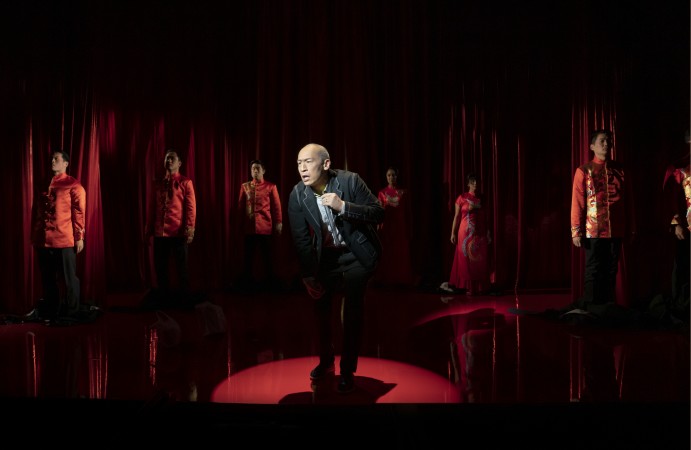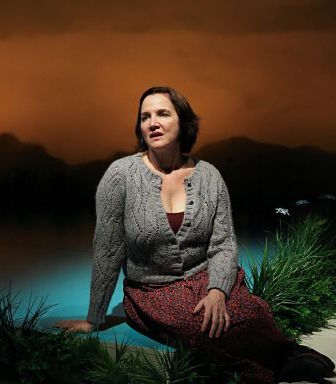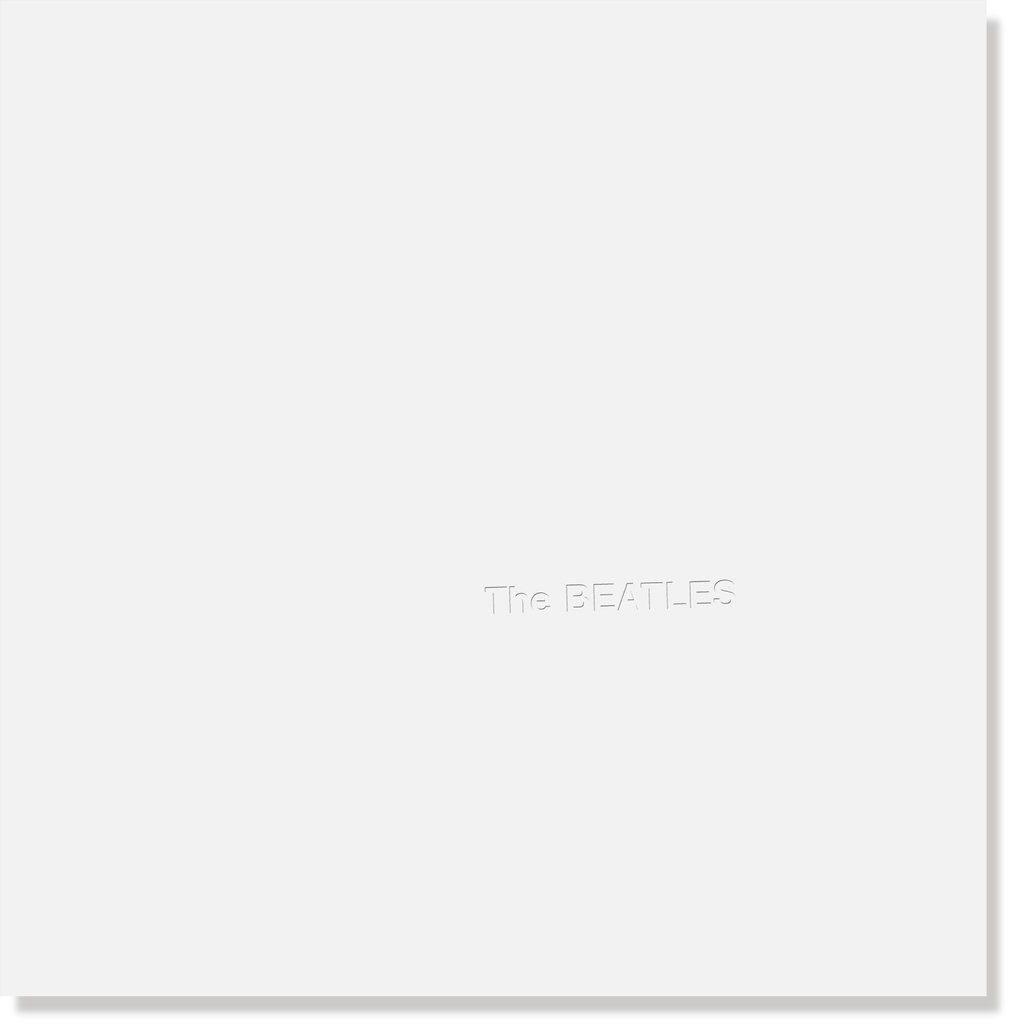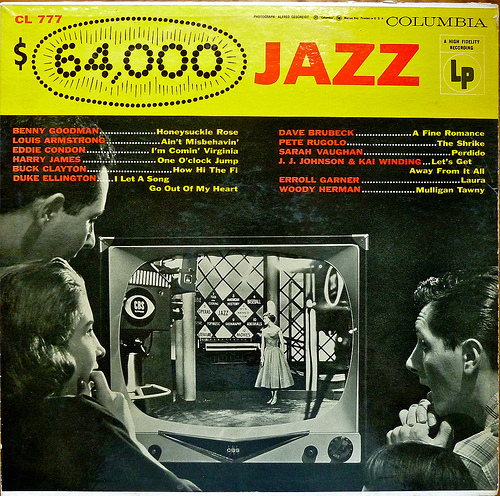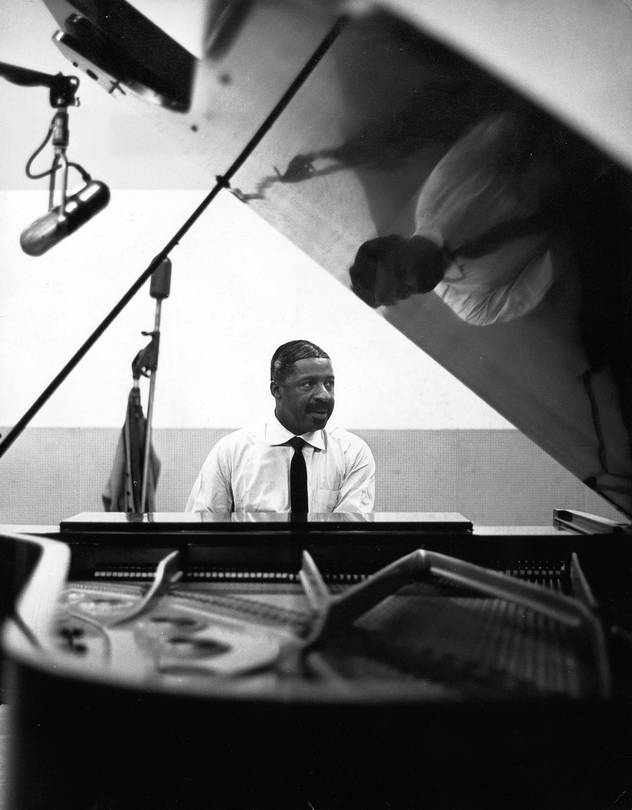Dock Boggs plays and sings “Pretty Polly” at the 1966 Newport Folk Festival. Before the performance, he talks about making his first phonograph records in New York in 1927:
(This is the latest in a series of arts- and history-related videos that appear in this space each Monday, Wednesday, and Friday)

